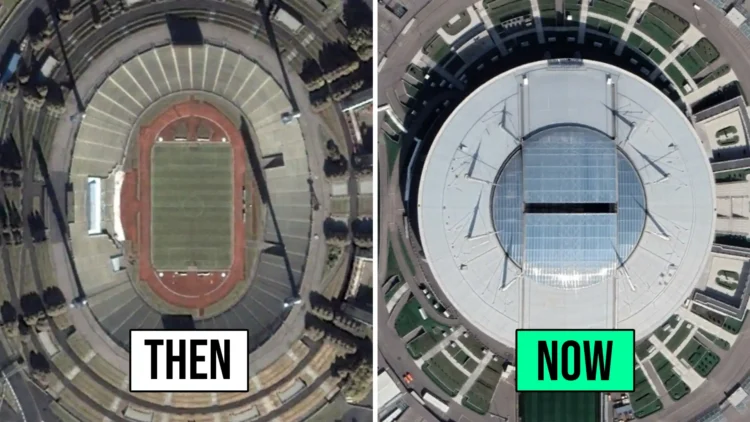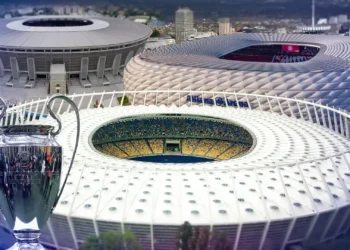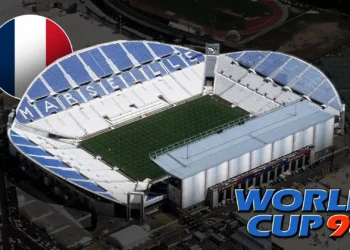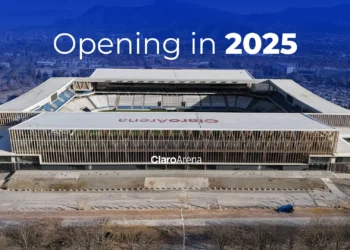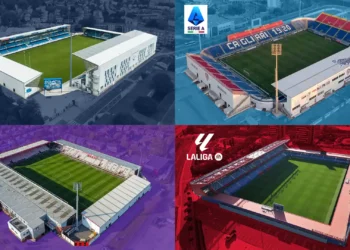Some stadiums have been left to decay, damaged by disasters, or simply outdated. But instead of fading into history, they’ve been rebuilt into modern masterpieces – proving that even in football, second chances can be spectacular. Here are some stadiums that went from ruins to glory.
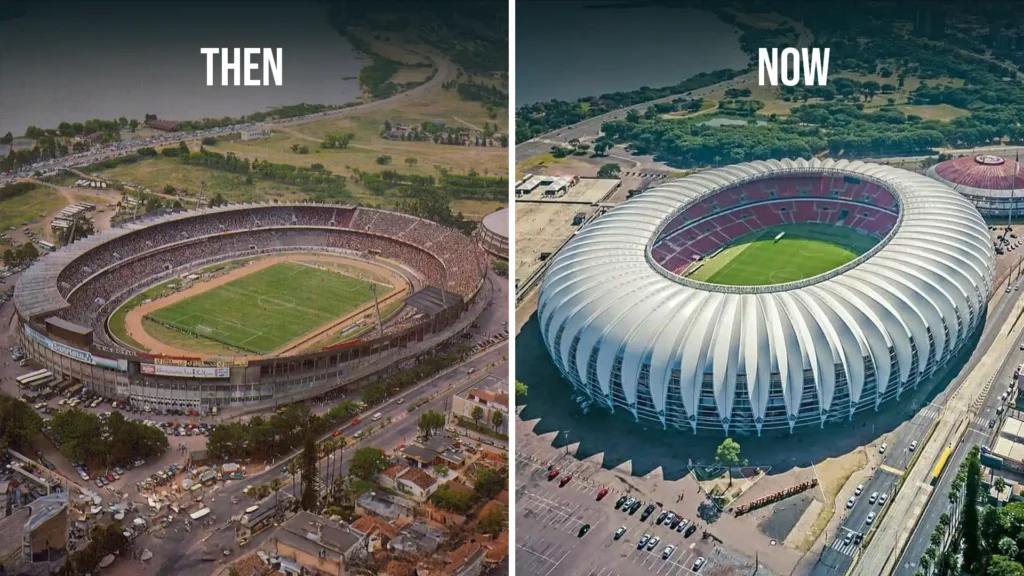
1. Estádio Beira-Rio – Internacional (Porto Alegre, Brazil)
Originally opened in 1969, Beira-Rio had aged badly by the early 2000s. Ahead of the 2014 FIFA World Cup, it was completely transformed with a striking white roof and modern facilities, turning it into one of South America’s most beautiful arenas.
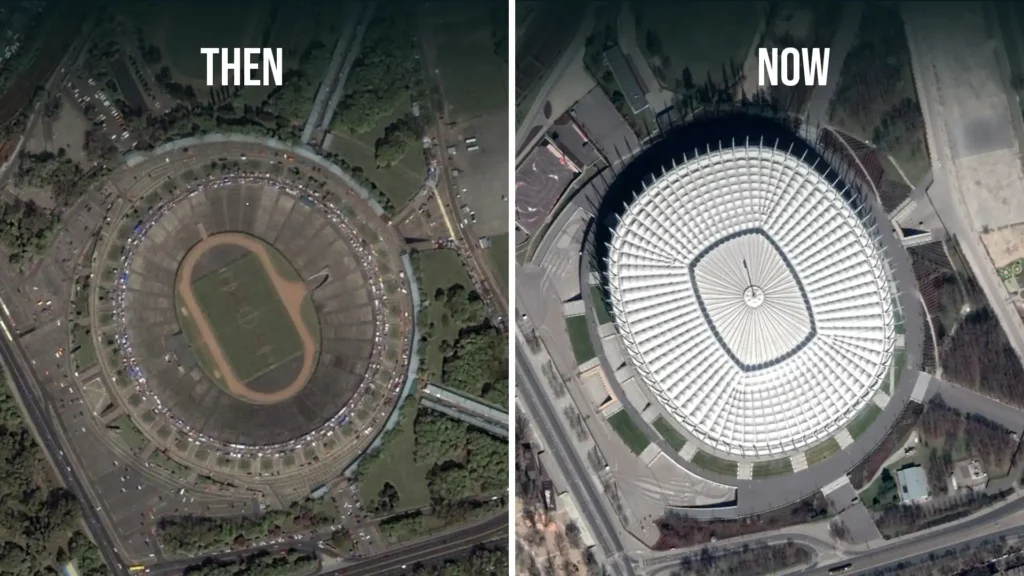
2. National Stadium – Warsaw, Poland
The old Polish National Stadium was abandoned and left to rot after the fall of communism. But in 2012, it was reborn as the PGE Narodowy, with a stunning red-and-white exterior that became an icon during Euro 2012.
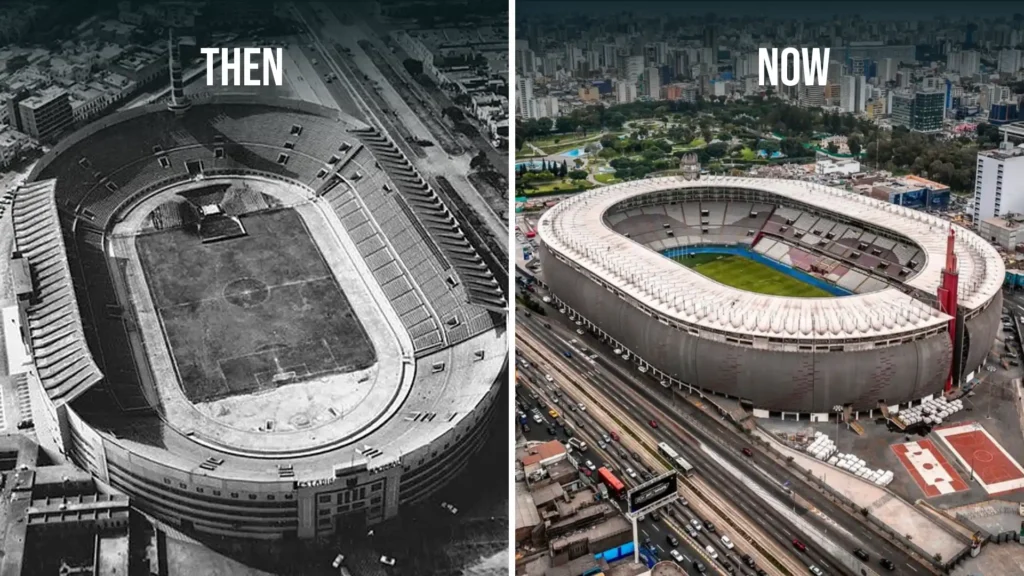
3. Estadio Nacional – Lima, Peru
Once outdated and unsafe, Lima’s Estadio Nacional underwent a massive renovation in 2011. It emerged with a futuristic glass façade and new seating, giving Peruvian football a stadium worthy of its passion.
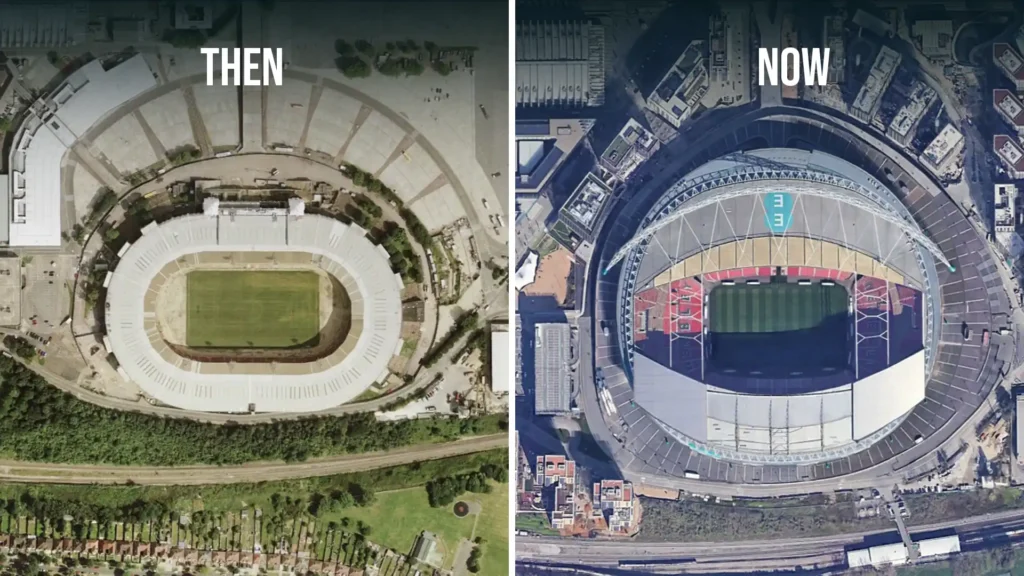
4. Wembley Stadium – London, England
The old Wembley, with its twin towers, was demolished in 2003. In its place rose the modern Wembley, crowned by a 133-meter arch, becoming one of the most recognizable stadiums in the world.

5. Maracanã – Rio de Janeiro, Brazil
From hosting the infamous “Maracanazo” in 1950 to falling into disrepair, the Maracanã had seen it all. Its massive renovation for the 2014 World Cup turned it into a modern yet historic temple of football.
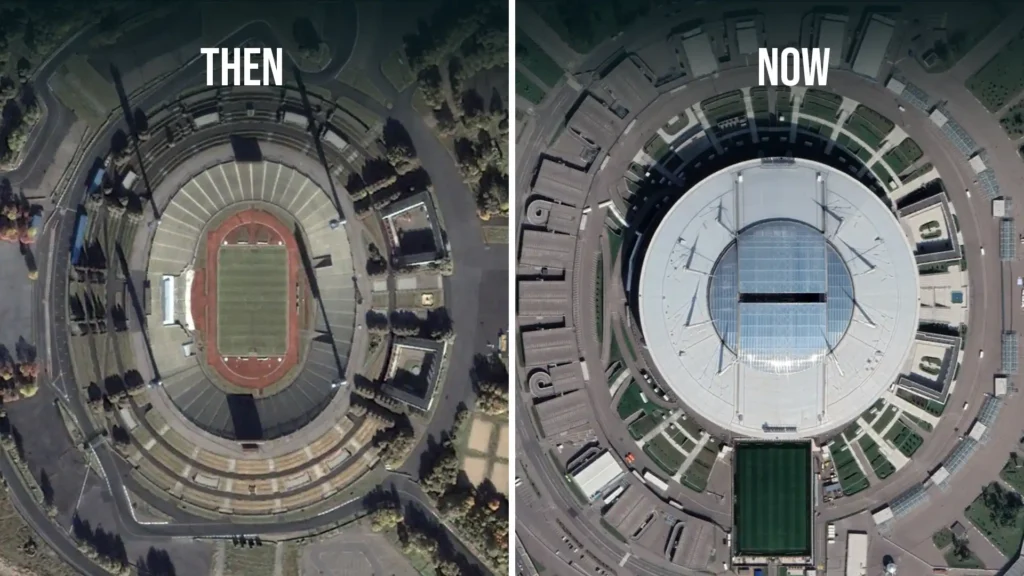
6. Krestovsky Stadium (Gazprom Arena) – St. Petersburg, Russia
Built on the site of the old Kirov Stadium, which once held over 100,000 fans, the new futuristic arena became the jewel of the 2018 FIFA World Cup.
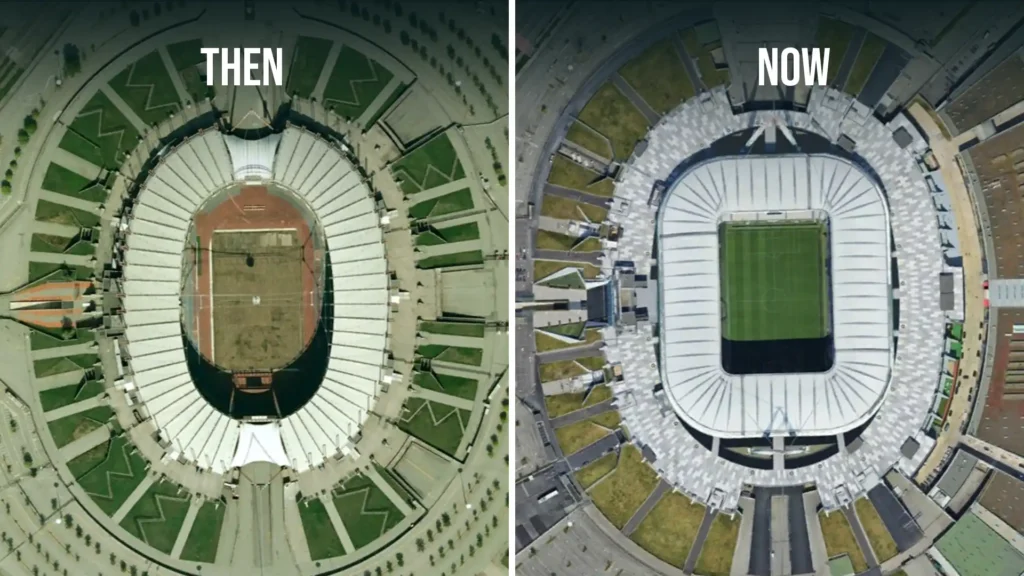
7. Juventus Stadium – Turin, Italy
On the site of the unpopular Stadio delle Alpi, Juventus built a football-specific stadium that brought fans closer to the pitch and became a fortress for the club.
From crumbling stands to world-class arenas, these transformations show that history doesn’t have to end with demolition – sometimes, it’s just the beginning of a greater story.

